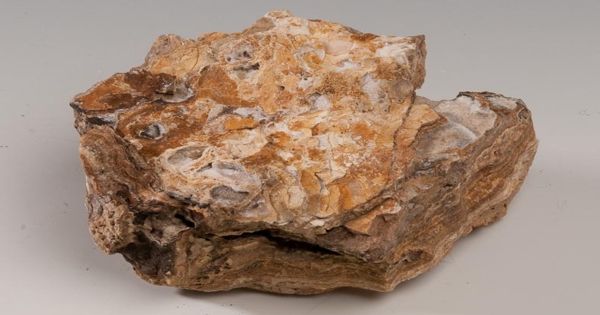The next hot spot in apparel sourcing?
What about: The article is all about the opportunities for Ready-made-garment industry in solid apparel-sourcing to Bangladesh and challenges to capitalize the potential. Although In 2010, China dominated European and US markets for ready-made garments but chief purchasing officers in leading apparel companies in Europe and the United States have planned to decrease levels of sourcing in China over the next five years and now are considering Bangladesh as the next hot spot. So opportunities are there for Ready-made-garment industry in solid apparel-sourcing. There are some hurdles too.
Objective: the objective of this article is to disclose the opportunities and challenges for Ready-made-garment industry in solid apparel-sourcing to Bangladesh in the world global market.
Findings from the article:
Opportunities: Brands, which generate about 13 percent of their sourcing value in Bangladesh, want to expand into more fashionable or sophisticated items, such as formal wear and outerwear. McKinsey forecasts export-value growth of 7 to 9 percent annually within the next ten years, so the market will double by 2015 and nearly triple by 2020.
Strengths: Attractive price is the most important reason for purchasing from Bangladesh. As price levels there will remain highly competitive in the future, so buyers expect significant efficiency increases to offset rising wage costs. Capacity is the second-biggest advantage of Bangladesh’s ready-made-garment industry. Bangladesh is clearly ahead of other Southeast Asian suppliers in this respect. It also offers satisfactory levels of quality, especially in value and entry-level midmarket products.
Five challenges:
While Bangladesh presents some distinct advantages for sourcing there are some challenges to be meet. Five challenges for apparel companies seeking to do more business there.
1. Infrastructure :
Transportation bottlenecks create inefficient lead times for garments and delay deliveries to customers. This issue will become even more important in the future, since buyers want to source more fashionable products with shorter lead times.
Energy supply is very poor.
2. Compliance:
Nongovernmental and other organizations monitor Bangladesh for labor and social-compliance issues. The standards have somewhat or strongly improved over the past five years. Suppliers vary greatly in their degree of compliance. Environmental compliance is just beginning to get attention.
3. Suppliers’ performance and the skilled workforce:
The suppliers’ productivity must improve to mitigate the impact of rising wages and to close gaps with other sourcing countries and to satisfy new customer requirements for more sophisticated products. Two other concerns are a lack of investment in new machinery and technologies and the insufficient size of the skilled workforce, particularly in middle management.
4. Raw materials:
Bangladesh lacks a noteworthy supply of natural or artificial fibers, and its dependence on imports creates sourcing risks and lengthens lead times. Compounding the problem is the volatility of raw-material prices over the past few years. The development of a local sector would improve lead times.
5. Economic and political stability:
About half of the chief purchasing officers interviewed stated that they would reduce levels of sourcing in Bangladesh if its political stability decreased. Political unrest, strikes, and the ease of doing business are top of mind for respondents.
Recommendation:
The three main stakeholders—the government, suppliers, and buyers—must work together to realize the potential of Bangladesh’s ready-made-garment market.
European and the US should review their approach from a full value chain perspective. They have to increase the supply chain’s efficiency and transparency, and expand their support for lean operations and electronic data exchange. Buyers should also build closer and long-term relationships with suppliers. Buyers must also improve their own operational execution. Their long response times, the complexity of internal procedures involving the merchandising and sourcing functions, and a high number of last-minute changes slow down the overall process. In addition, buyers must actively pursue compliance efforts.
















